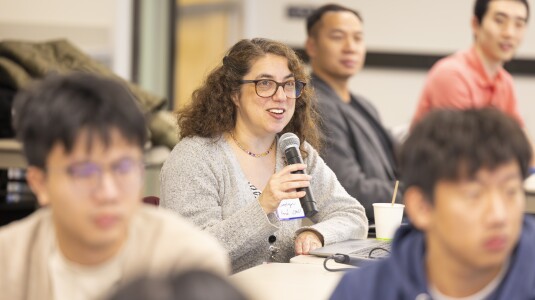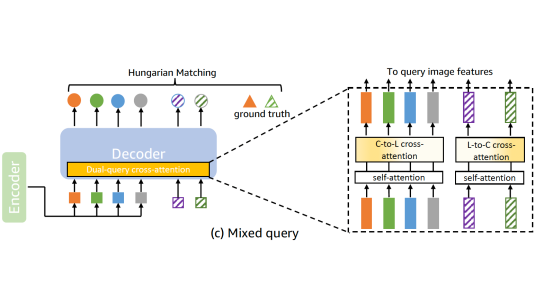“Don’t forget to put the milk back!” Dataset for enabling embodied agents to detect anomalous situations
2024
Home robots intend to make their users lives easier. Our work moves toward more helpful home robots by enabling them to inform their users of dangerous or unsanitary anomalies in the home. Some examples of these anomalies include the user leaving their milk out, forgetting to turn off the stove, or leaving poison accessible to children. To enable home robots with these abilities, we have created a new dataset, which we call SafetyDetect. The SafetyDetect dataset consists of 1000 anomalous home scenes, each of which contains unsafe or unsanitary situations for an agent to detect. Our approach utilizes large language models (LLMs) alongside both a graph representation of the scene which encodes relationships between the objects in the scene. Our key insight is that this connected scene graph and the object relationships it encodes enables the LLM to better reason about the scene — especially as it relates to detecting dangerous or unsanitary situations. Our most promising approach utilizes GPT-4 and pursues a classification technique where object relations from the scene graph are classified as normal, dangerous, unsanitary, or dangerous for children. This method is able to correctly identify over 90% of anomalous scenarios in the SafetyDetect Dataset. Additionally, we conduct real world experiments on a ClearPath TurtleBot where we generate a scene graph from visuals of the real world scene, and run our approach with no modification. This setup resulted in little performance loss. The SafetyDetect Dataset and code will be released to the public upon this papers publication.
Research areas




